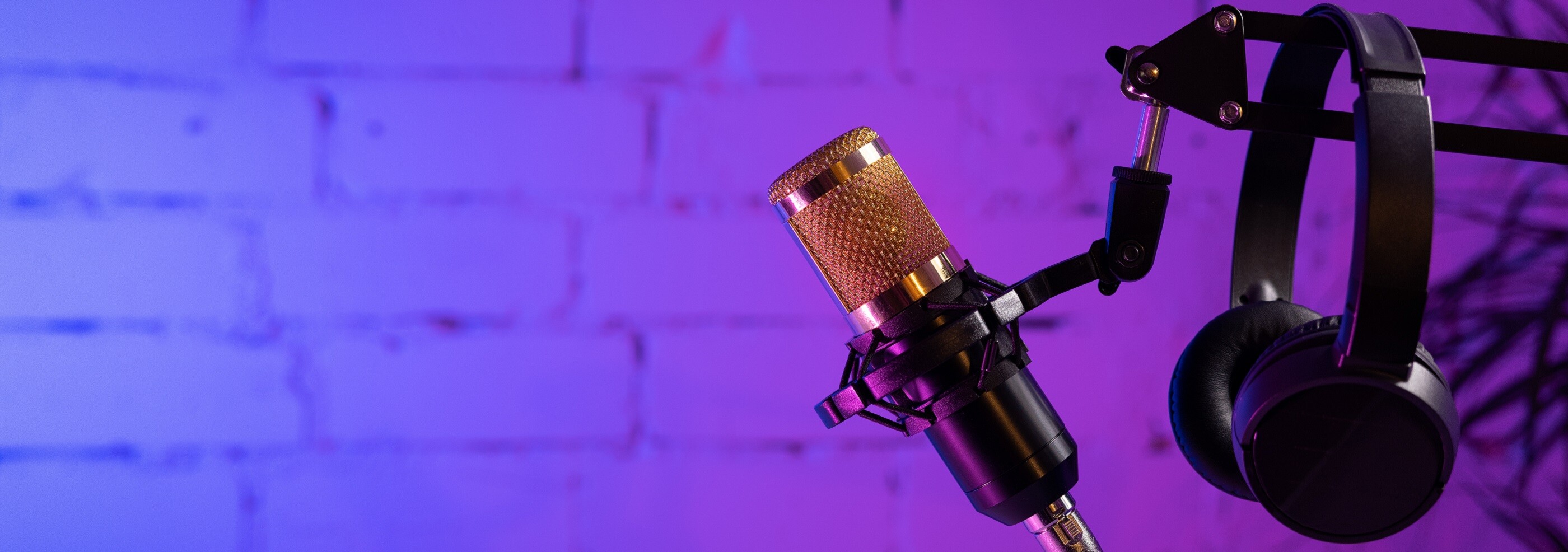
Harnessing technology for Digital Music exams: a comprehensive guide
BY: JJ Wheeler
20 March 2025
The world of music has been revolutionised by technology, offering countless ways to enhance performances and create high-quality audio and visual recordings. However, when it comes to Digital Grade and Diploma (DGD) Music exams, maintaining the essential ‘live’ feel of a face-to-face performance is paramount. This ensures the integrity, parity, and rigour of both the performance and the assessment outcomes. Let’s explore the dos and don’ts of incorporating technology into your DGD exam recordings, along with tips to optimise your setup.
A time-saving hack
One of the most valuable pieces of advice is to always test your setup and equipment before recording your final performance. Take a moment to record yourself performing both the loudest and quietest sections of your material. Then, watch and listen to the playback carefully. This process provides a clear idea of how the final recording will sound, allowing you to make necessary adjustments to avoid issues.
Imagine giving the best performance of your life only to find that the audio quality is inaudible or distorted. Testing your setup in advance ensures you capture your performance at its best.
What you can do
There are several ways to record your exam performance effectively while adhering to the rules. Here are the key methods:
Using a built-in microphone
The simplest option is to use a camera, smartphone, or tablet with a clear view of the performer and instrument. These devices typically have internal microphones capable of capturing audio with sufficient clarity for assessment purposes. While this may not provide studio-quality sound, it’s often more than adequate.
Using an external microphone
If you have the equipment and technical know-how, you can use an external microphone to capture the performance. However, it’s important to follow these guidelines:
- Use a single microphone to capture the sound of the solo instrument or voice. This could be:
- A microphone capturing the overall room sound (including any live or recorded backing tracks or accompaniment).
- A microphone capturing the solo performance, combined with a ‘line-in’ for any recorded accompaniment.
- When using a live accompanist or recorded backing track, ensure the audio captures the ‘room’ sound so the examiner can assess the balance and interplay between the candidate and accompaniment.
Using a splitter
For performers using recorded backing tracks, a splitter can be helpful. This setup allows you to direct audio from the backing track into headphones, a room speaker, and/or directly into a mixing desk, line in or your device. Just remember that the volume of the backing track cannot be adjusted during the performance of a piece or in post-production.
Specialist audio devices
Specialist devices, such as Zoom or Edirol recorders, or DAW software, like GarageBand or Logic, can be used to capture audio. As long as you use a single microphone or one of the approved combinations (e.g. mic plus line-in from a recorded accompaniment), this approach is acceptable. You can later merge the audio with the video of the same performance, provided there is no editing or enhancement of the audio or video.
Amplified instruments
Candidates performing on amplified instruments are permitted to adjust tones, voices, and effects during and between performances. This is often a key part of the assessment, such as guitarists using reverb or distortion or keyboardists selecting appropriate voices for their pieces.
What you cannot do
While there’s flexibility in how you record your performance, certain practices are strictly prohibited to ensure fairness and authenticity. These include:
- Post-production editing: Any post-production or editing of audio or video is forbidden. This includes:
- Splicing (beyond cropping the start and end of the video).
- Adjusting EQ or balance between the solo instrument/voice and accompaniment.
- Using gates, compressors, or other plug-ins or external post-production devices.
- Multiple microphones: Using multiple microphones is not allowed. The solo part must be recorded using a single microphone, ensuring that the performance reflects the ‘live’, examiner point-of-view experience.
- Mismatched audio and video: If you merge externally captured audio with video, the audio must come from the same performance as the video.
In conclusion
If you’re ever in doubt, keep it simple. The abundance of technological options available today makes it tempting to create a studio-like recording but, for DGD exams, a clear and balanced recording is all that’s necessary.
The advancements in technology are remarkable, offering accessible and cost-effective tools for musicians. However, remember that the essence of your exam performance lies in its authenticity. By following these guidelines, you can showcase your musical talent while ensuring that your recording meets the required standards.
Take the time to test your setup, understand the rules, and capture your performance as naturally as possible. With careful preparation, you can let your music shine and give the examiners the best representation of your abilities.
Need more help with filming your digital exam? Don’t forget read the Filming Guidance for Music exams available on the Record page of our website




Comments & Replies